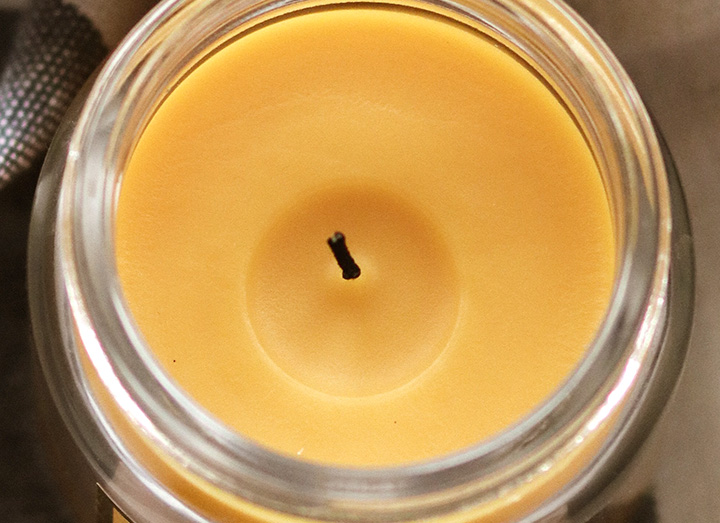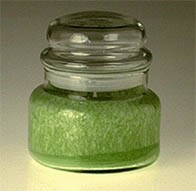How to Choose Container Candle Wax

Which Wax is the Best for My Container Candle?
 Containers are generally the most popular type of candles and allow the largest selection of waxes.
Containers are generally the most popular type of candles and allow the largest selection of waxes.
There are 5 distinct differences about container waxes:
Low Shrink
These waxes are generally a paraffin base with a high percentage of petrolatum to reduce the shrinkage.
Pros
- In most candle applications (14 ounces or less), no topping off is necessary.
- It has d ecent adhesion to the container
- Produces a good fragrance throw
Cons
- As a very soft wax, it can bleed fragrance during the warmer time periods
- It cannot get vibrant colors due to the high percentage of Petrolatum
Container Blends
This type of wax is generally a hard wax that has a vybar, or similar additive, and will require topping off.
Pros
- These waxes generally ha ve the best fragrance throw for containers
- Vibrant colors can be achieved with these waxes
- Usually are a little more durable in warmer climates
Cons
- Will require topping off
Soy Waxes & Palm Wax
These days, there are a large selection of Soy waxes available. Without doubt, Soy wax can be the easiest of waxes to use. For a thorough breakdown of all the soy waxes, we encourage you to visit our April 2011 issue.
Pros
- All natural
- Easy to work with
- Generally no topping off is required
Cons
- They cannot deliver fragrance like a paraffin wax candle
- They cannot get vibrant color; the wax will need much more dye
Straight Waxes
Any wax that does not have any type of additive is considered a straight wax. The best waxes to use would be anything with a melt point of 120-129. For classification purposes, a mottling wax would fall under this category.
Pros
- The most cost effective wax to use
- Can create many different looks to your candles by altering the additives used
- Can maximize the fragrance delivery by cutting back and only using the necessary amount for your formula
Cons
- Will take time to test which formula will work for you
- Requires extra inventory items like additives
Hybrids
One of the growing segments of the candle industry is the use of hybrid waxes, which are a blend of paraffin and Soy. By using these blends you get the advantage of fragrance delivery from the paraffin wax and have some “natural components” as well.
Pros
- Can label candle with “Soy Blend,” “Soy enhanced,” etc.
- Can take advantage of cost effectiveness of both Soy and/or paraffin. (If pricing of one goes up, you can use a little more of the cost competitive product)
- Offers better fragrance throw than all natural wax candles
Cons
- While fragrance throw will be better than Soy, it will still not achieve what an all-paraffin wax candle can.
The key is always choosing the wax which is best for you. The best thing about candle making is that any of the waxes can be blended together at any level you desire. In addition to the ones above, other selections include beeswax, gel and Palm.


How can I stop soy wax to separate from the jars?
The best thing to do is pour this wax as low as possible maybe around 115-120F and also preheat your container so it is warm to a touch.